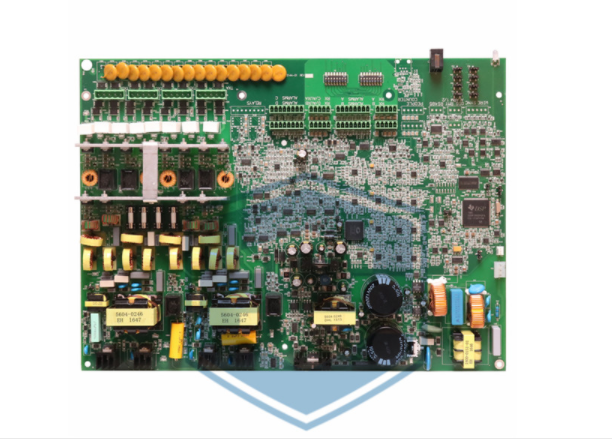Although RFID technology has been used effectively, there are still some technical hurdles to overcome in order to optimise its use. In the previous article, ENGUARD introduced you to its use in the apparel industry, now we talk about some of the challenges it faces and where people are looking in the future.
RFID tags can be damaged by an attacker or due to improper material handling. Such attacks can in turn prevent data communication with the reader.
An attacker may replace the original tag with a forged tag, which will prevent data transmission or provide false information to the reader.
An attacker can break the security algorithms used in an RFID system or modify the messages in the reader.
NFC / RFID signal shielding card
Setting up an RFID system requires a lot of time and money, which may not be economical for many companies. In addition, RFID may not be compatible with some existing technologies, and even if it can be integrated with existing systems, the expectation of 100% data accuracy is still a concern.
Because RFID is based on the concept of radio frequency, it can be subject to interference from other radio transmissions, metals, liquids, etc. In addition, goods are manufactured in different countries and may be packaged in different materials.
Radio frequency identification is still in its infancy and there are many obstacles ahead. There are many versions of RFID that operate on different frequencies and require different software and readers. There is therefore a need to agree on a frequency or set of frequencies to enable interoperability between manufacturers, retailers and distributors.
Although there are challenges to RFID adoption, these can be overcome through technological developments. In addition, for the successful adoption of RFID, existing research should focus on many disciplines such as electrical engineering, information systems, computer science and business strategy. Prior to research and development, it is crucial to identify the main concerns of RFID, whether they are technical, application-related or security-related. Improvements in information technology and smart RFID tag design can help overcome this challenge.
The problems associated with standardisation can be solved by regulatory bodies working to develop various standards related to their use, manufacturing and technical specifications. Technological developments will also help in this direction to achieve widespread adoption of RFID tags. In addition, the development of RFID-friendly infrastructure throughout the supply chain is a time-consuming process.
If you are looking for an EAS anti-theft solution, or RFID tags, please contact us at ENGUARD for a customised service.

Basic Approach to Preventing Retail Business Losses
Apr. 16, 2022
What You Need to Know about EAS Security Tag Alerts
Apr. 06, 2022